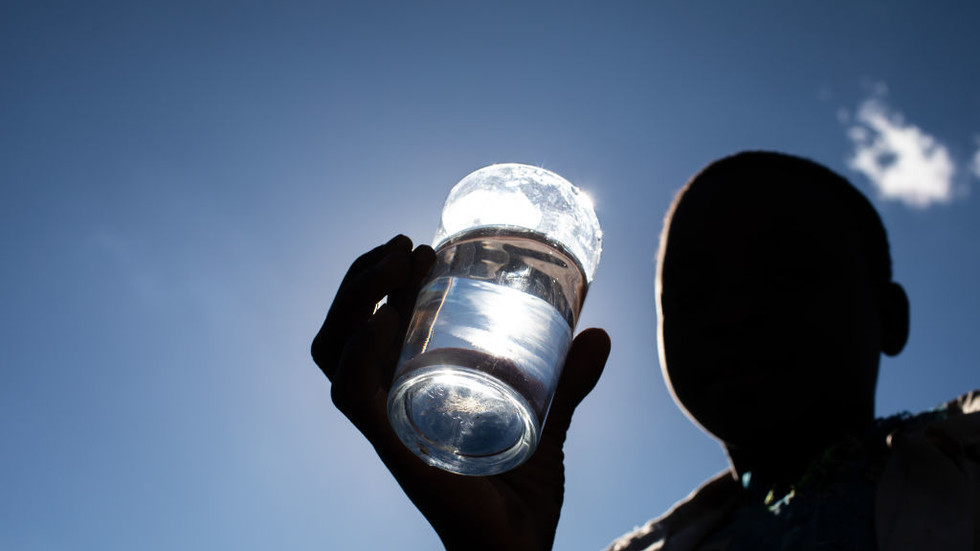A South African environmental organization has found that 43% of schools participating in a testing project reported water samples contaminated with harmful bacteria. The findings were published on Wednesday.
Only 36.7% of South Africa’s rural population has access to safe drinking water, compared to 71.8% in urban areas, according to a 2024 report by Statistics South Africa. The country’s water infrastructure is also under strain – 29% of water supply systems were deemed to be in critical condition, the 2023 Blue Drop report found.
Launched in March, the Water Community Action Network (WaterCAN) involved teachers and pupils from 95 schools in eight provinces who used citizen science kits developed by iLAB to test local water sources.
Out of 54 schools that uploaded data, 23 reported contaminated samples. Tank water showed the worst results – 73% of tanks tested positive for bacteria like coliforms and escherichia coli. River water followed at 66%, while 23% of tap water samples also failed to meet safety standards.
“This isn’t just a water issue,” WaterCAN executive director Dr Ferrial Adam stressed. “Children can’t learn if they’re sick, unsafe, or without access to something as basic as clean water.”
Responding to the findings, Department of Basic Education spokesperson Elijah Mhlanga said “It is critical that as a country we should address all the matters raised in the report to ensure that our learners consume clean, safe water,” as quoted by IOL.
Despite gradual improvements in infrastructure, millions across Africa still lack access to safe drinking water.
According to a 2023 report by the Food and Agriculture Organization (FAO), approximately 70% of people in African countries have access to basic water services. Only 19% of the population in the Democratic Republic of the Congo (DRC), 12.6% in Ethiopia, 6.2% in the Central African Republic (CAR), and 5.6% in Chad have access to safe sources. The Republic of the Congo performs better, with access at 46%.
People without reliable access face heightened risks of cholera, dysentery, hepatitis A, and typhoid fever. In Chad, poor water quality accounted for 10% of all deaths in 2019, according to health data. The Central African Republic followed closely at 9.5%, with Niger and South Sudan each at 8.2%, and Nigeria at 7%.
